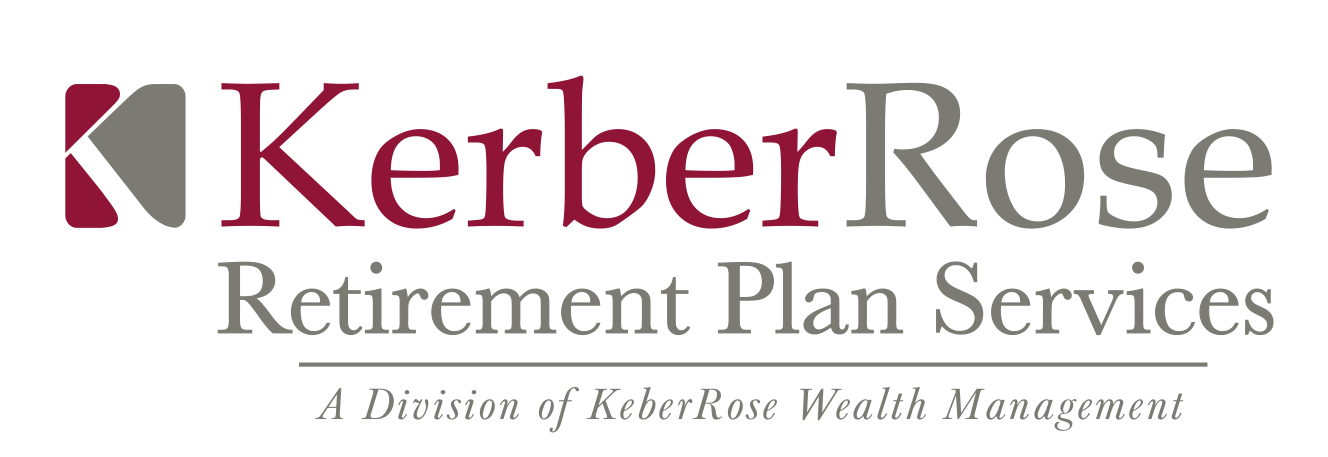How Resuming Student Loan Payments Affects Sponsors
After a 3-year deferment period for student loans, interest begins to accumulate again on September 1, while payments resume October 1. What does this mean for plan sponsors? As employees prepare to, once again, deal with the financial burden of student loans, sponsors have an opportunity to help lessen the load and ensure retirement contributions don’t fall to the wayside.
One way employers can do this is by implementing an optional change laid out by the Secure Act 2.0. This provision allows employees to continue receiving retirement matching benefits from employers while forgoing retirement contributions to focus on repaying student loans. These payments would be treated as retirement contributions, meaning employers would match them based on the plan design features already in place. This provision wouldn’t cause any unnecessary extra work for sponsors. Employers can rely on an employee’s self-certification to ensure the loan payments are being made and can continue matching contributions based on the same vesting schedule. For most student debt holders, this provision could save years of lost retirement savings.
Not only does the implementation of this program benefit employees’ finances, it can also be cost-effective to employers. First, the contributions being made under this provision are contributions which would have otherwise been made if the employee was still contributing to the 401(k). Therefore, this student loan aid approach is more cost efficient than most other approaches. If the employer were to add a new student loan benefit program, it would result in additional costs for the employer. For example, student loan repayment dollars given directly to employees are still treated as taxable income, whereas 401(k) contributions are not taxable. Tax advantages like this are generally hard to come by within typical student loan repayment benefits.
Since the end of August, employees have been scrambling to find ways to balance student loan payments with their current savings contributions. The adoption of this benefit would support employee participation in retirement plans, despite overwhelming student debt, and would serve as a competitive advantage when it comes to recruiting and attaining employees. Learn how your business can implement these tactics today with the assistance of a KerberRose Trusted Advisors.
Sources:
Miller, S. (2018, August 22). IRS Allows 401(k) Match for Student Loan Repayments. https://www.shrm.org/resourcesandtools/hr-topics/benefits/pages/irs-allows-401k-match-for-student-loan-payments.aspx
O'Connell, B. (2023, August 11). How to Get a 401(k) Match for Your Student Loan Payment. https://money.usnews.com/money/retirement/401ks/articles/how-to-get-a-401k-match-for-your-student-loan-payment
Brooks, A. (2023, January 6). The SECURE 2.0 Act & Student Loan Matching: What Is It and Who Qualifies? https://smartasset.com/financial-advisor/the-secure-2-0-act-student-loan-matching
